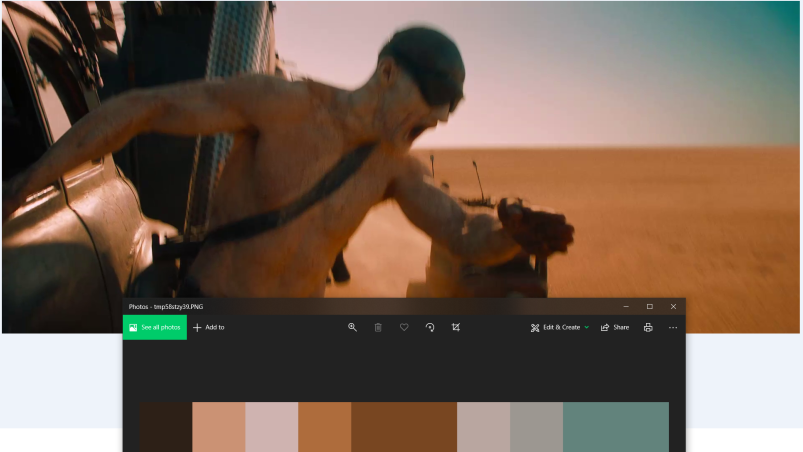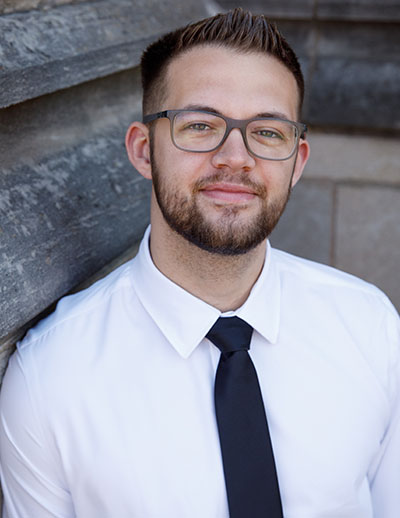April 05, 2021

Junior Josh Ward has always been a movie buff. So when he had the opportunity to use what he’s learned in his computer science courses to help analyze award-winning films, he was thrilled to get involved. Ward is now part of a research team looking into mathematically quantifying color palettes from 50 movies that have won an Academy Award or been runner-up for best cinematography over the past 10 years. Brian Maurer, director of the Information Technology Program, is heading the project. The idea is to determine whether humans can discern between artistically motivated color palettes or palettes as confirmed by empirical data.

Before asking viewers to decide, the team has to first gather the data. Ward and fellow student researchers have written code that turns the video data into 24 individual images per second without compressing information. Additionally, the students have written code that processes those still images into pixel data. Those values are then quantified based on how often they have occurred, giving the team the top 10 colors in any given frame, Maurer said.
So far, the results have been surprising, Ward said. He compared it to having a video meeting with someone in front of a white background. Your eye focuses on the person’s face and shirt color, so you may not pick up on the fact that various shades of white are the prominent colors in the scene.
“So what you’re processing is not accurate mathematically at all,” he said.
A Big Data Challenge
Processing RGB color values of every pixel of every frame of 50 movies adds up to about 13.4 trillion pixels, or approximately 20 terabytes of data. The team has been able to do the work using graphic processing unit, or GPU, acceleration.
Now they’re recruiting a supercomputer for the project, specifically looking at the Lewis a high-powered resource available to MU groups at no charge.
“We essentially can do all of the processing on our own at this point using a GTX3090 video card computer,” Maurer said. “But we want to be able to do this much faster, and I really want our students to experience working with a supercomputer.”
All About Connections

For Ward, being involved in color research is another example of the benefits of a Mizzou education.
He learned about the work through a fellow member of Upsilon Pi Epsilon, a computer science honor society. Ward is secretary of UPE, which he learned about through a faculty member he had his freshman year.
“The connections you meet at Mizzou are really cool,” he said. “I highly encourage people to get involved with any organization they can to network. That’s where you’re going to meet people. They’re there because they’re like you and want to get the most out of college. The opportunities that can come from that are crazy.”
Ward also does software development and backend user authentication and validation for a company run by a faculty member.
Those experiences — along with his coursework — has made him a “big fan” of Mizzou.
“I absolutely recommend Mizzou Engineering,” he said. “You learn a lot of stuff you don’t expect and don’t think about, and the faculty have been great connections.”